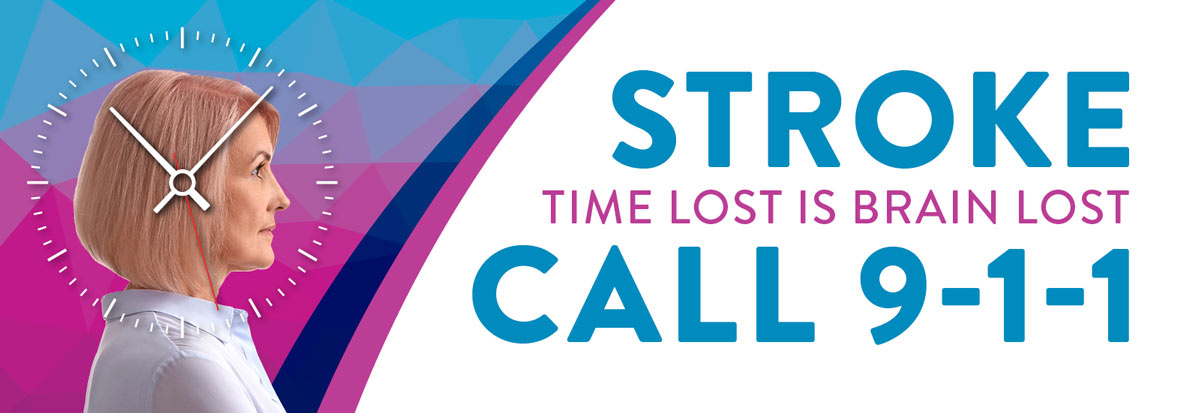Know Your Care Options
You should never ignore stroke symptoms. If you or someone else is having stroke symptoms, call 9-1-1 immediately, even if the symptoms suddenly stop. Effectively treating and recovering from stroke requires swift action and emergency care.
OSF HealthCare is committed to providing expert stroke care throughout our Ministry. Our multidisciplinary stroke teams are always prepared to provide fast, effective care the moment you arrive to any of our hospitals.
Our stroke centers have a Comprehensive, Primary or Acute Stroke-Ready designation. Primary Stroke Centers have designated stroke units. Acute Stroke-Ready Centers administer tPA to eligible patients and have stroke experts onsite or via TeleHealth, which connects doctors and patients through the use of digital technology, 24/7. You can also feel confident knowing all of our hospitals are connected to a Comprehensive Stroke Center offering the highest level of care.
> Learn more about a Comprehensive Stroke Center.
Comprehensive Stroke Center certification recognizes hospitals that meet standards to treat the most complex stroke cases.
- Ability to treat all types of strokes, with every known treatment 24 hours a day, seven days a week
- Highly trained, highly specialized care team
- Advanced imaging capabilities
Patients from any OSF stroke center benefit from access to our Comprehensive Stroke Center.






